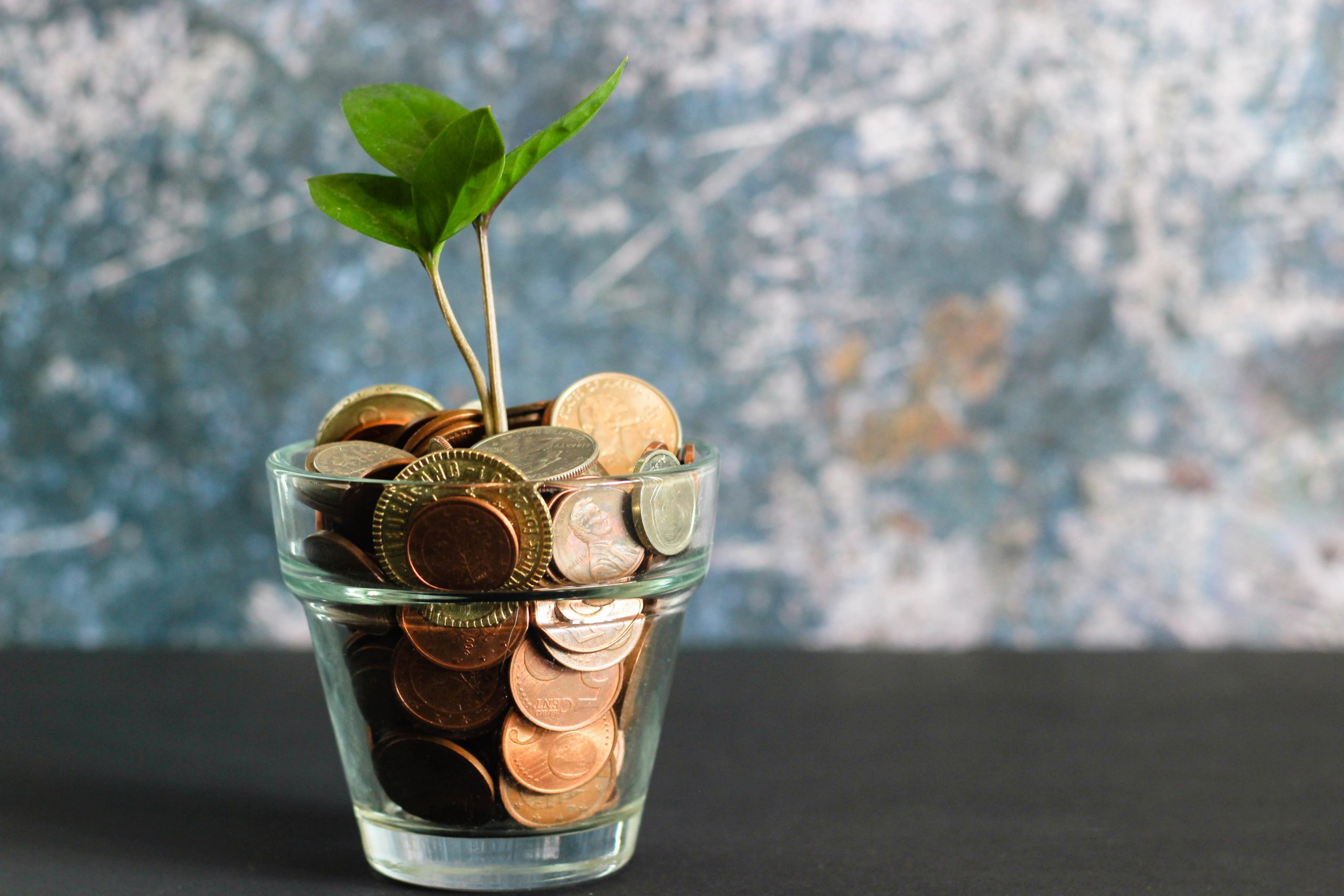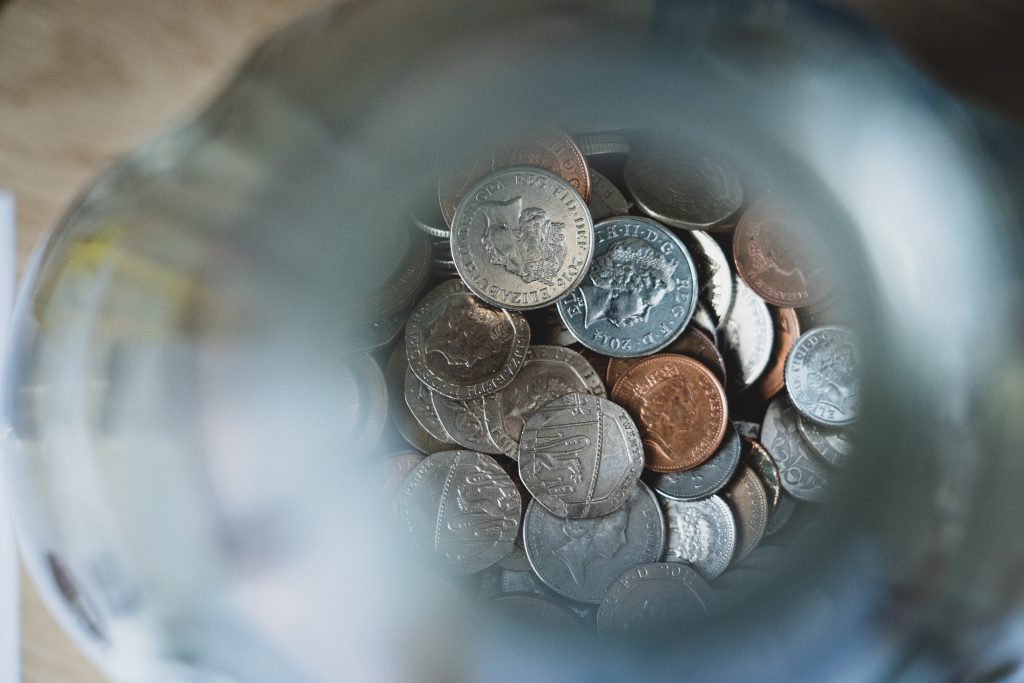
Free UK VAT Calculator
Simply enter your Net Amount 💰 … and we’ll instantly calculate your:
📈 VAT Amount & Gross Amount
VAT Rate is changeable, by default it is set to VAT Standard Rate of 20%.
What is VAT?
Value Added Tax (VAT) is a consumption tax charged on most goods and services in the United Kingdom. It was first introduced to the UK in 1973, replacing the older Purchase Tax system. Here are the key details about VAT:
💸 What is VAT?: VAT is essentially a tax on the “value added” at each stage of production and distribution of goods and services. Businesses charge VAT on their sales and can reclaim VAT on their purchases, with the final consumer bearing the ultimate cost.
📅 Introduction & Evolution: VAT made its debut in the UK in 1973, marking a significant shift in the country’s taxation strategy. It superseded the Purchase Tax, which was a single-stage tax levied only at the wholesale level.
📊 Current Standard Rate: The standard rate of VAT in the UK currently stands at 20%. This rate was increased from 17.5% on January 4, 2011, as part of government fiscal policy adjustments. It’s important to note that while 20% is the standard, there are also reduced rates (e.g., 5% for certain goods like children’s car seats and domestic fuel) and zero-rated items (e.g., most food, books, and children’s clothing), where VAT is technically charged at 0%.
💼 Mandatory Registration Threshold: Any UK business that supplies taxable goods or services must register for VAT if its taxable turnover exceeds a specific threshold. This threshold is currently £90,000.
🧾 Obligation for Registered Businesses: Once a business is registered for VAT, it has a legal obligation to charge VAT on the full sale price of all its taxable goods and services. This means the VAT amount is added on top of the net price, and the total is then paid by the customer. The registered business then collects this VAT on behalf of HM Revenue & Customs (HMRC) and must periodically submit VAT returns and pay over the collected tax.

UK VAT rate
✨ The Standard UK VAT Rate: The Big 20% For most goods and services you buy or sell in the UK, the standard VAT rate is 20%. This has been the consistent rate since 2011, covering everything from electronics and fashion to professional services and restaurant meals. If you’re running a business and your products or services don’t fall into a special category, you’ll generally be charging this 20% VAT to your customers.
💰 Reduced Rate VAT: The 5% Special Not everything is subject to the standard 20% rate. There’s a reduced rate of 5% that applies to a select few categories. This includes things like domestic fuel and power, children’s car seats, and certain energy-saving materials for homes. It’s important to know these specific items if your business deals with them, as applying the wrong VAT rate can lead to complications with HMRC.
🌿 Zero-Rated VAT: 0% Doesn’t Mean Exempt! This is where it can get a little tricky for some people. Zero-rated goods and services have a VAT rate of 0%, but they are still considered taxable. The crucial difference between zero-rated and exempt is that if you’re a business supplying zero-rated items, you can still reclaim the VAT you paid on your related business expenses (input VAT). Common examples of zero-rated items include most food (but not takeaways or confectionery!), children’s clothing, books, and public transport.
🚫 VAT Exemptions: Outside the System Unlike zero-rated items, VAT-exempt goods and services are entirely outside the VAT system. This means you don’t charge VAT on them, and you also cannot reclaim any VAT on your related business expenses. Typical examples of VAT-exempt supplies include financial services, insurance, and some types of education and health services. A notable change from January 2025 is that private school fees are now subject to the standard 20% VAT, so if that affects you or your business, be sure to adjust your budgeting accordingly!
